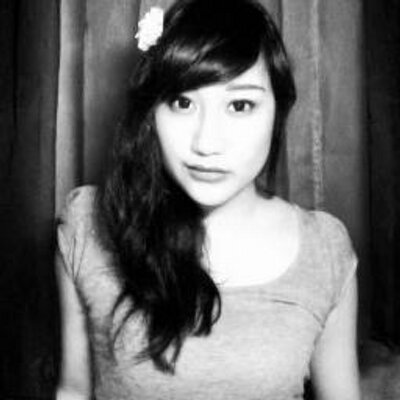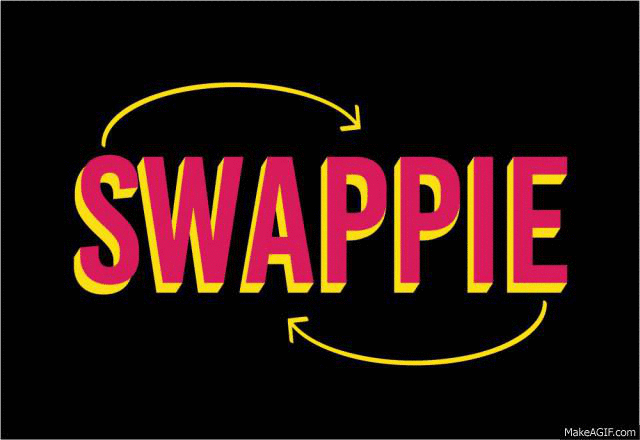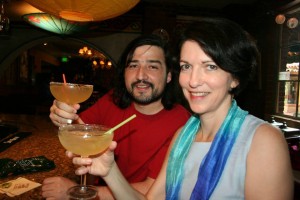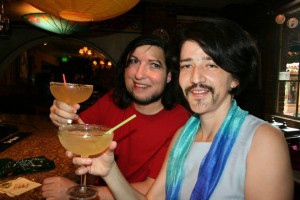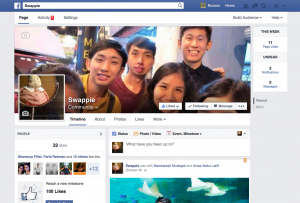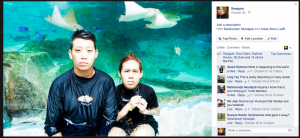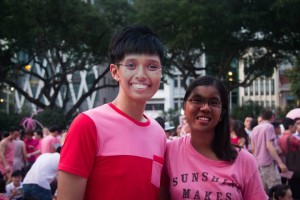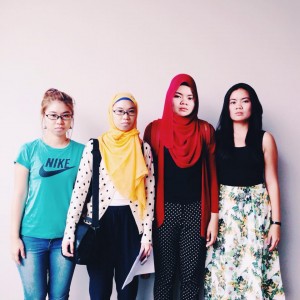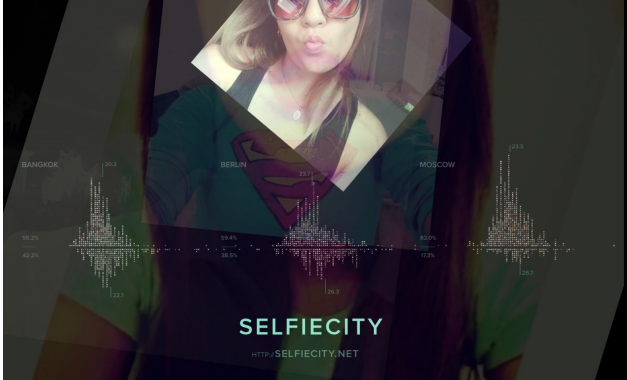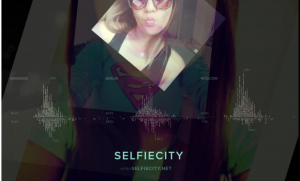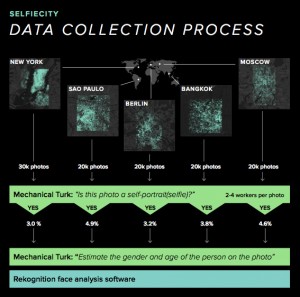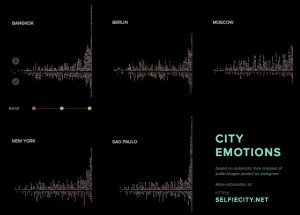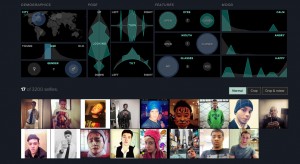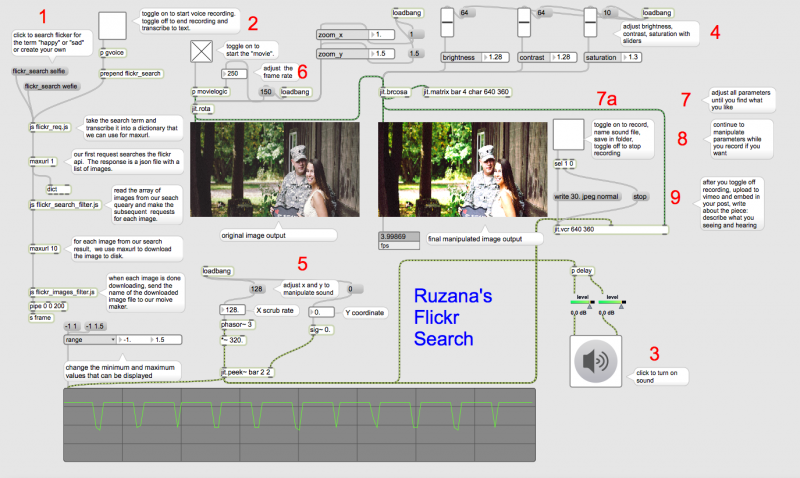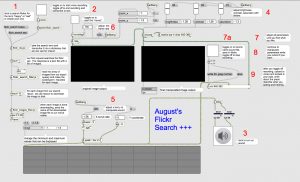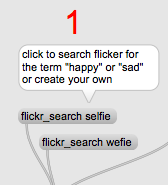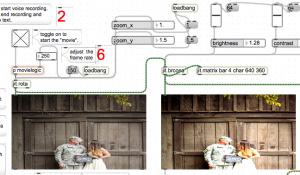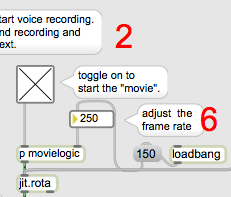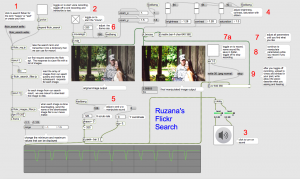One can argue that taking selfies is an empowering method of visual self-expression, because we savor the control that we have over the process of creating.Art is defined by the process of expression and revealing ourselves with intentionality.The power and deliberation with which we take selfies is what we enjoy so much about the artistic process. When you take a selfie, you self-construct an image; a visual self-documentation to express personal autonomy. Often shared and broadcasted through social media and networking sites, selfies and wefies (group selfies) has allowed the general public to reclaim photography as a source of empowerment in a way that has never been possible before.
Therefore, taking and posting selfies is a way for us to create culture by subtly countering the messages that the media distributes. Even when we don’t counter the messages, per se, we are, at the very least, still publicizing our response to them, because what’s more personal than a close-up of one’s own face? Although the selfie as an art form is a debatably valid categorization, one thing is certain: We, with our #selfie , #wefie and #ussie, are actively participating in a modern take on the historic art of portraiture.
“Selfies are part of the evolution of self-portraiture, because at one point in our lives, the concept of a selfie didn’t exist,”
– Alondra Nelson, a Columbia Sociology Professor
#SELFIE, #USSIE, #WEFIE…
WHATS NEXT?
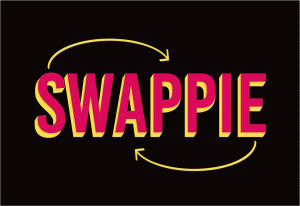
Swappie is the post-selfie selfie; a self-portrait that somehow plays with, jokes about, undermines, or contradicts the usual purpose of the selfie. A selfie is supposed to be a recognizable, generally flattering, self-portrait. The selfie is not going away; it is a worldwide trend, as the recent international data project Selfie City showed. The post-selfie selfie acknowledges all of this and, one way or another, breaks some cardinal rule of the form.
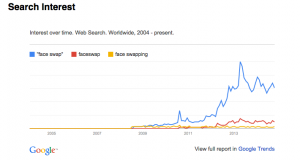
To achieve this, I initially thought I had to create a programme in which participants can create their own swappies. I had found some open source Javascript codes and approached Juan who was kind enough to create a codepen of it for me. Alas, my knowledge and experience in coding and programming language were close to nil and I couldnt figure how to change and appropriate it; except for the text button (haha -.-)
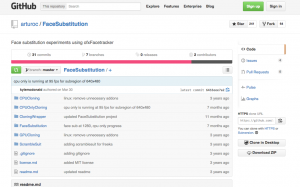
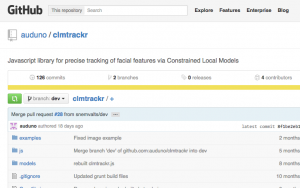
Randall then suggested I could do away with the programme and work on it in future which was much to my relief. He also had suggested that I use Tumblr as a medium to publish my swappies in – theres the reblog, like and follow option which is great. I created my tumblr site and looked for #faceswap #swap and #facebomb to see what existing content there are on the tumblrsphere. I then reblogged a few people to fill my site with inspiration. What I found were mostly celebrities face mashed with other celebrities bodies. Nicholas Cage as a meme (as seen from the movie FaceOff) and One Direction appeared most.
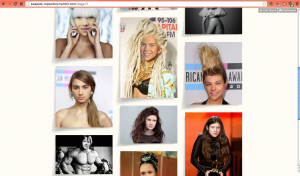
I then began on a quest to manually faceswap my friends public images stolen from their social networking accounts on Photoshop. The front-facing pictures work the best (as opposed to people looking sideways or tilting their face at an angle) and also photos with more than one person generates more interest in the subject; So thus the trolling on Facebook began…
…and so did the swappin’.
and soon my whole tumblr page was filled with swappies that I had created myself. Though I’m generally pleased with the layout and how the page looks like a virtual gallery, I was disatisfied looking at the amount of attention/interaction of people. I felt as though I’m posting content that people would not get to see unless they follow me and it appears on their dashboard. Friends viewed their own images on my site but couldn’t leave any comments. So I thought, maybe tumblr wasn’t the best creative outlet at all.
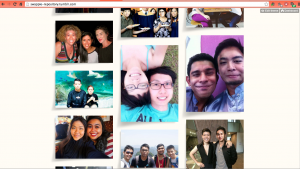
I took my project back to where it all began: Facebook.
I created and curated a page called Swappie – which thankfully reached a much higher viewing rating then my tumblr site. The highest number of likes and comments in 1 photo was of my friend and her boyfriend. According to her, her boyfriends face on her body resembled her younger brother; and apparently many of her friends enjoyed her “boyshort” hairstyle. LOL
And sharanya also mentioned that her face swapped onto MJ’s body looked like her cousin. Who woud’ve thought!
…and some even started to look like they were of another race/ethnicity.
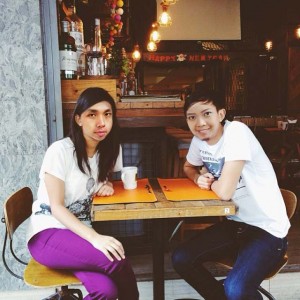
Generally, the comments a favourable and nobody had came forward or requested that I remove their pictures.
In no time at all, the comments and likes came coming in and flooding my notifications- which is a good sign! Facebook worked better for my project then tumblr did cause it allowed me to tag my friends in the swappies – allowing both their friends and acquaintances to view them and also leave comments and allowed me to reach a broader audience.

I would say all in all my project achieved what it set out to do; which is to introduce the post-selfie selfie and also to get peoples attention and get people talking about what they think about the byproducts.
P.s: Initially I wanted to remain anonymous and tell people I’m just the banksy of faceswapping but people soon found out it was me by word of mouth 🙁 but hey, at least people were curious enough to talk about it!
My tumblr gallery: http://swappie-repository.tumblr.com/
My swappie facebook page: https://www.facebook.com/swappieswapper
